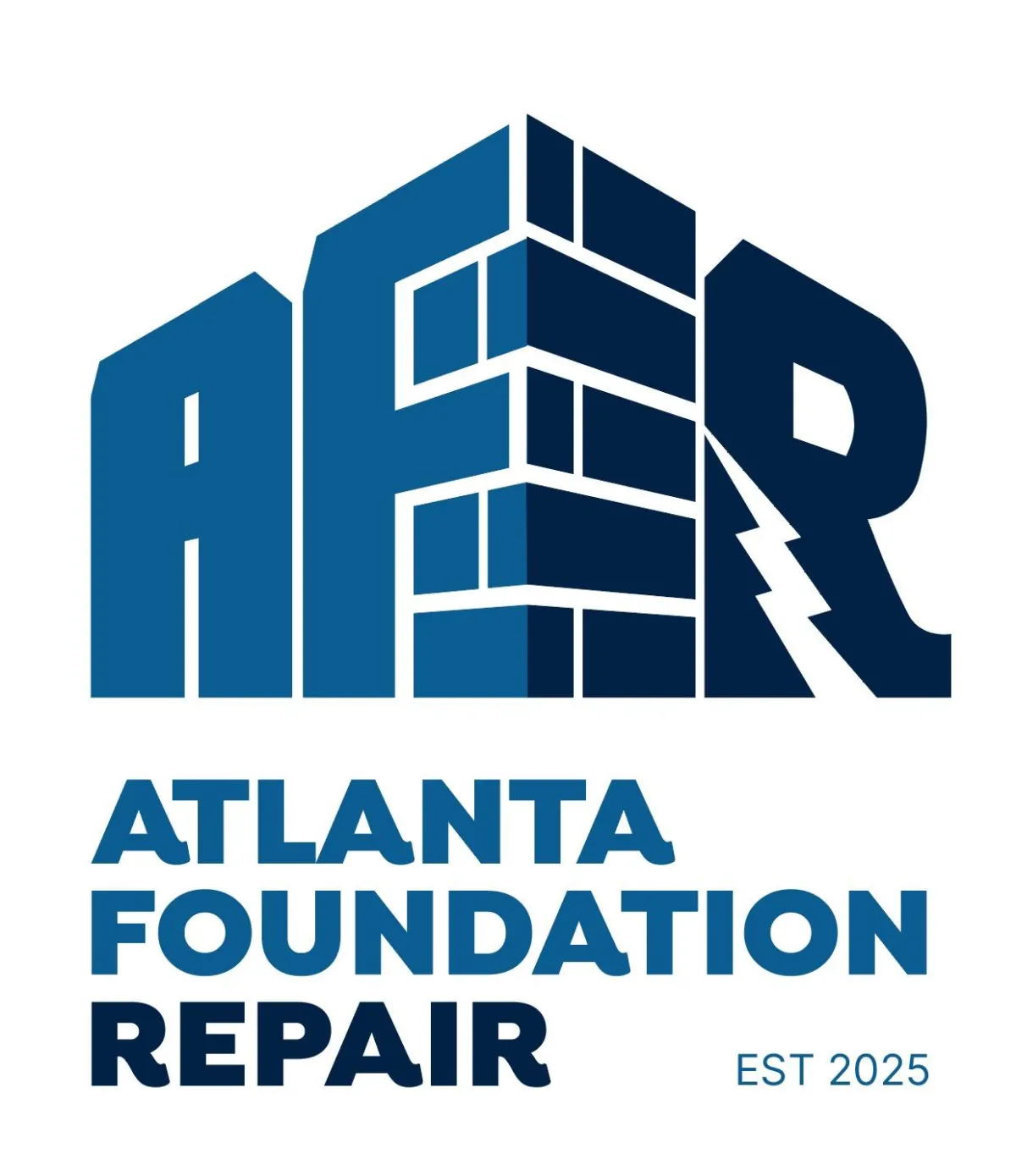Atlanta, GA
Wet Basements in Atlanta, GA
Why Basements End Up Wet
Basements are located below ground level, which makes them especially vulnerable to water and moisture. When the soil around the house becomes saturated, water naturally seeks the path of least resistance. It can seep through cracks, porous concrete, or joints where the floor and walls meet. Even if standing water is not present, chronic dampness and high humidity can still cause major issues over time.
Main Sources of Basement Moisture
Water can reach a basement in several ways, and more than one source is often at play at the same time. Understanding where the moisture comes from explains why some basements stay damp even when it hasn’t recently rained.

Groundwater and High Water Tables
In areas with high water tables, the soil stays wet or saturated for extended periods. The water exerts pressure on basement walls and floors and seeps through small openings or micro-cracks.

Surface Water and Poor Drainage
If the yard slopes toward the home or gutters and downspouts fail, rainwater collects around the foundation. This water soaks into the soil and increases the pressure against basement walls, often leading to leaks.

Cracks in Floors and Walls
Small vertical, horizontal, or hairline cracks create easy entry points for water. As the structure moves or settlement occurs, these cracks can lengthen and widen, allowing more moisture to pass through.

Porous Concrete and Masonry
Concrete and masonry are not completely watertight. Even without visible cracks, moisture can gradually migrate through the material, leading to damp spots, discoloration, and efflorescence.

Interior Plumbing and Mechanical Leaks
Basements often house water heaters, washing machines, plumbing lines, and HVAC equipment. Slow leaks, condensation, or overflows from these systems can add constant moisture to the space.
Signs You May Have a Wet Basement
A wet basement announces itself through smells, stains, and physical changes to surfaces and materials:
Standing water or puddles on the floor after rain or at random times
Dark, damp spots on concrete walls or floors
Musty, earthy, or “old basement” odors that don’t go away with cleaning
Water stains, rings, or tide marks on walls
Efflorescence: white, powdery buildup on masonry surfaces
Active mold or mildew growth on walls, wood, or stored items
Peeling, bubbling, or flaking paint and coatings
Rust on metal beams, appliances, or support posts
High humidity, condensation on windows or pipes, and a clammy feeling in the air
Warped or deteriorating wood trim, doors, or framing near the basement
Our Services
Helpful Links
Contact Information
Phone:
Business Hours:
Mon - Fri: 8:00 am - 5:00 pm
Sat - Sun : Closed
service areas
© 2025 All Rights Reserved | Atlanta Foundation Repair
